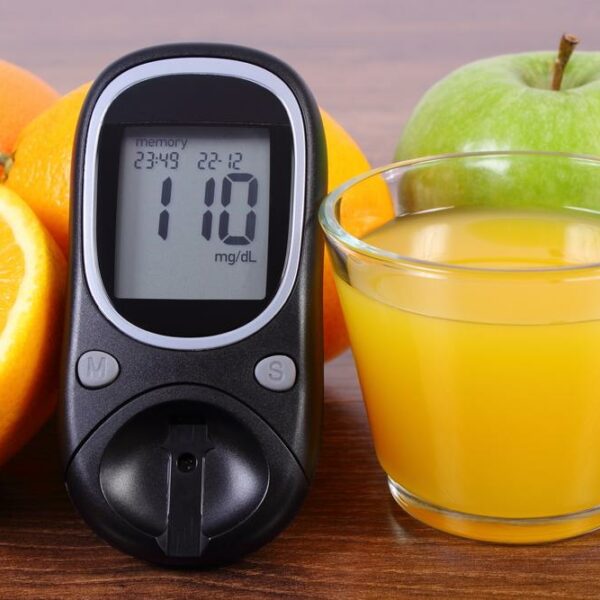
Here Are A Few Things To Know About The Types And Treatments Of Eczema
Here are a few things to know about the types and treatments of eczema What is eczema? Eczema is a condition of skin where some parts of the skin become inflamed. Eczema is also known as dermatitis. Symptoms of eczema Eczema causes many symptoms as there are different types of eczema and each type of eczema has its symptoms. Itching is one of the common symptoms of eczema. Itching causes a lot of damage to the skin as it may be difficult to resist itching. As it is difficult to resist scratching, the skin becomes reddish and sometimes blood may ooze out of the wounds caused by scratching. Scaling is another symptom of eczema. The skin looks flaky and rough. The flakes of skin may rise and it may not be pleasant to look and feel. Redness of skin is another symptom which can be caused by the blood oozing out of the skin and wounds. Blisters can be filled with pus and fluid which can be unpleasant and irritating. Fissures may develop which can be painful and may also develop cracks. To get a good idea of these symptoms, look for pictures of eczema available online. Types of eczema, symptoms, and treatment Atopic dermatitis Atopic dermatitis is usually seen in infants and children.









